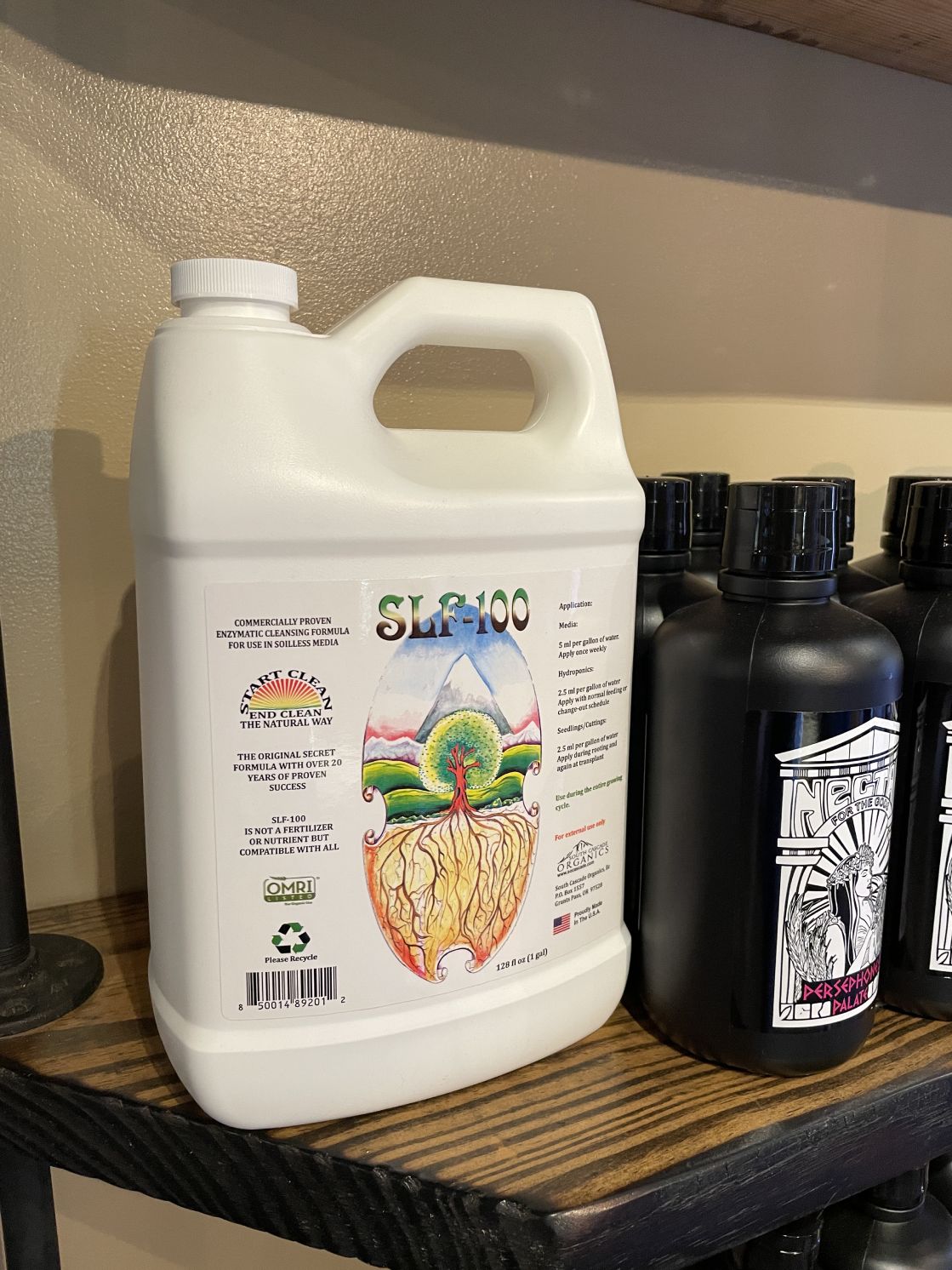Discover the Conveniences of Hydroponics for Indoor Gardening
Hydroponics, a method of expanding plants without soil, has actually been obtaining appeal for indoor gardening fanatics. As more people look for innovative methods to grow plants inside your home, hydroponics provides an engaging service that addresses various difficulties faced by conventional soil-based horticulture.
Boosted Growth Rates
By providing nutrients directly to the plant origins in an extremely soluble form, plants in hydroponic systems can uptake crucial nutrients a lot more successfully, leading to faster development. Furthermore, the oxygen-rich setting in hydroponic systems enables for boosted nutrient absorption and improved metabolic processes within the plants, even more contributing to increased growth prices.
Additionally, the absence of soil in hydroponic systems eliminates the need for plants to expend power on extensive root development searching for nutrients. This power can after that be redirected towards above-ground development, resulting in lusher vegetation and quicker growth of fruits or flowers. On the whole, the enhanced growth prices observed in hydroponic systems make them a compelling option for farmers seeking to optimize plant growth and efficiency.
Water Preservation Perks
With the increasing worldwide focus on lasting practices, what advantages does hydroponics provide in terms of water preservation? Hydroponic systems are incredibly water-efficient compared to typical soil-based horticulture approaches. In hydroponics, water is recirculated and recycled within the system, reducing water wastage. Unlike standard dirt gardening, where plants require to create substantial origin systems to browse for water, hydroponic systems provide water and nutrients directly to the plant origins. This targeted shipment guarantees that plants get precisely what they require, minimizing excess water use. In addition, hydroponic systems can be outfitted with innovative technologies such as drip watering and nutrient movie technique (NFT) systems, additionally enhancing water distribution and lessening evaporation. By utilizing water much more effectively and minimizing wastefulness, hydroponic horticulture can conserve substantial quantities of water, making it a lasting choice for interior gardening lovers wanting to save this valuable resource. Welcoming hydroponics not just advantages plant growth yet additionally contributes to water conservation initiatives, straightening with the global press towards even more lasting farming methods.
Nutrient Performance Benefits
Offered the considerable water preservation advantages connected with hydroponics, one more benefit depends on the reliable application of nutrients within the system. Unlike traditional soil-based gardening, where nutrients are dispersed in the dirt and may not constantly reach the plant origins properly, hydroponic systems supply nutrients straight to the plants' roots in a regulated fashion. This targeted shipment ensures that plants obtain the accurate amount of nutrients they require for optimum development, removing waste and reducing the danger of nutrient overflow.
In hydroponic systems, vitamins and mineral solutions are meticulously monitored and adapted to keep the optimal equilibrium for plant growth. This accuracy allows plants to uptake nutrients extra effectively, bring about faster development prices and higher yields compared to traditional gardening methods. Furthermore, the recirculating nature of lots of hydroponic systems additionally boosts nutrient efficiency by continuously offering plants with access to vital elements.
Room Optimization Solutions
To maximize the effectiveness of indoor horticulture setups, applying room optimization remedies is crucial for achieving ideal plant growth and efficiency. One efficient solution is upright horticulture, which includes making use of vertical room to expand plants upwards, therefore making the most of making use of limited floor room. By installing upright hydroponic systems such as stacked grow towers or hanging planters, cultivators can grow a bigger amount of plants in a smaller impact.
In addition, using reflective products on walls or mounting expand lights strategically can aid enhance light distribution to plants that are not original site straight under the key light source. This technique makes certain that plants at different heights get appropriate light for photosynthesis, promoting consistent growth throughout the indoor garden.

Pest and Disease Control Benefits
Effective bug and condition control actions are crucial elements of successful hydroponic interior horticulture systems. Among the considerable benefits of hydroponic gardening hereof is the decreased risk of bug infestations contrasted to typical soil-based techniques. Without dirt, lots of typical bugs over at this website that depend on dirt for shelter and nutrients are unable to flourish in hydroponic systems. This gets rid of the demand for damaging chemical pesticides that can be detrimental to both plants and the environment. In addition, the controlled atmosphere of hydroponic systems enables early discovery of any type of insect or condition concerns, allowing timely intervention to protect against prevalent damages.

Conclusion
Finally, the advantages of hydroponics for indoor gardening are substantial. Increased development prices, water conservation advantages, vitamins and mineral performance advantages, area site here optimization services, and insect and disease control advantages make hydroponic systems a valuable alternative for interior plant growing. By making use of hydroponics, individuals can optimize their plant growth capacity while conserving resources and minimizing the risks related to conventional soil-based horticulture methods.
By supplying nutrients directly to the plant roots in an extremely soluble form, plants in hydroponic systems can uptake important nutrients a lot more efficiently, leading to faster growth. The Indoor Earthworm. On the whole, the increased growth rates observed in hydroponic systems make them a compelling choice for farmers looking to take full advantage of plant development and efficiency
Unlike conventional soil gardening, where plants require to develop extensive root systems to look for water, hydroponic systems supply water and nutrients straight to the plant roots. Unlike conventional soil-based gardening, where nutrients are spread in the soil and might not constantly reach the plant origins efficiently, hydroponic systems supply nutrients straight to the plants' roots in a regulated fashion. Increased growth prices, water preservation benefits, nutrient performance benefits, space optimization remedies, and parasite and illness control benefits make hydroponic systems a valuable alternative for interior plant cultivation.
Comments on “The Indoor Earthworm: Letting Loose the Power of Worms in Your Hom”